| [1] | L. A. Dobrzanski, “Significance of materials science for the future development of societies,” J. Mater. Process. Technol., vol. 175, no. 1–3, pp. 133–148, 2006. |
| [2] | A. N. Klein, M. C. Fredel, and P. A. P. Wendhausen, “NOVOS MATERIAIS: Realidade e tendências de desenvolvimento,” desenvolvimento.gov.br, 2015. MORENO, Diego David Pinzón et SARON, Clodoaldo. Low-density polyethylene waste/recycled wood composites. Composite Structures, 2017, vol. 176, p. 1152-1157. |
| [3] | KIM, Jin Kuk et PAL, Kaushik. Recent advances in the processing of wood-plastic composites. 2010. |
| [4] | GARDNER, Douglas J., HAN, Yousoo, et WANG, Lu. Wood–plastic composite technology. Current Forestry Reports, 2015, vol. 1, no 3, p. 139-150. |
| [5] | Väisänen, T.; Das, O.; Tomppo, L. A review on new bio-based constituents for natural fiber-polymer composites. J. Clean. Prod. 2017, 149, 582–596. |
| [6] | Ramamoorthy, S.K.; Skrifvars, M.; Persson, A. A review of natural fibers used in biocomposites: Plant, animal and regenerated cellulose fibers. Polym. Rev. 2015, 55, 107–162. |
| [7] | Gurunathan, T.; Mohanty, S.; Nayak, S.K. A review of the recent developments in biocomposites based on natural fibres and their application perspectives. Compos. Part A: Appl. Sci. Manuf. 2015, 77, 1–25. |
| [8] | Migneault, S.; Koubaa, A.; Perré, P. Effect of fiber origin, proportion, and chemical composition on the mechanical and physical properties of wood-plastic composites. J. Wood Chem. Technol. 2014, 34, 241–261. |
| [9] | Csikós, Á.; Faludi, G.; Domján, A.; Renner, K.; Móczó, J.; Pukánszky, B. Modification of interfacial adhesion with a functionalized polymer in PLA/wood composites. Eur. Polym. J. 2015, 68, 592–600. |
| [10] | Tazi, M.; Sukiman, M.S.; Erchiqui, F.; Imad, A.; Kanit, T. Effect of wood fillers on the viscoelastic and thermophysical properties of HDPE-wood composite. Int. J. Polym. Sci. 2016, 2016, 9032525. |
| [11] | Ramanaiah, K., A. Ratna Prasad, and K. H. Chandra Reddy. 2011. Mechanical properties and thermal conductivity of Typha angustifolia natural fiber–reinforced polyester composites. International Journal of Polymer Analysis and Characterization 16 (7): 496–503. doi:10.1080/1023666X.2011.598528. |
| [12] | Rezig, S., F. Khoffi, Y. Ben Mlik, M. Jaouadi, S. Msahli, and B. Durand. 2015. Flexural properties of typha natural fiber-reinforced polyester composites. Fibers and Polymers 16 (11): 2451–57. doi:10.1007/s12221-015-5306-x. |
| [13] | Ramesh, M., C. Deepa, M. Tamil Selvan, and K. H. Reddy. 2020. Effect of alkalization on characterization of ripe bulrush (Typha Domingensis) grass fiber reinforced epoxy composites. Journal of Natural Fibers 1–12 |
| [14] | Dorlot, J.M., Baïlon, J.P. and Masounave, J. (1986) Des matériaux. 24-44 éditions, Polytechnique de Montréal, Montréal. |
| [15] | Ndiaye, D., Diop, B., Thiandoume, C., Fall, P.A., Farota, A.K. and Tidjani, A. (2012) Morphology and thermo mechanical properties of wood/polypropylene composites. Polypropylene, 4, 730-738. |
| [16] | H. B. Zouari et al., « Influence of in situ photo-induced silver nanoparticles on the ageing of acrylate materials », Journal of Photochemistry and Photobiology A: Chemistry, vol. 408, p. 113112, mars 2021, doi:10.1016/j.jphotochem.2020.113112. |
| [17] | H.-S. Kim, H.-S. Yang, H.-J. Kim, et H.-J. Park, « Thermogravimetric analysis of rice husk flour filled thermoplastic polymer composites », Journal of thermal analysis and calorimetry, vol.76, no2, p.395404, 2004. |
| [18] | C. Zhao, H. Qin, F. Gong, M. Feng, S. Zhang, et M. Yang, « Mechanical, thermal and flammability properties of polyethylene/clay nanocomposites », Polymer Degradation and Stability, vol. 87, no 1, p. 183189, 2005. |
| [19] | K. Biswas, V. Khandelwal, et S. N. Maiti, « Rheological properties of teak wood flour reinforced HDPE and maize starch composites », Journal of Applied Polymer Science, vol. 138, no 8, p. 49874, 2021, doi: 10.1002/app.49874. |
| [20] | K. J. Wilczynski, « Determination of viscosity curves of wood polymer composites based on limited rheological measurements », Polimery, vol. 63, no 3, p. 213218, 2018. |
| [21] | T. Yokohara, S. Nobukawa, et M. Yamaguchi, « Rheological properties of polymer composites with flexible fine fibers », Journal of Rheology, vol. 55, no 6, p. 12051218, 2011. |
| [22] | N. Sombatsompop et R. Dangtangee, « Effects of the actual diameters and diameter ratios of barrels and dies on the elastic swell and entrance pressure drop of natural rubber in capillary die flow », Journal of applied polymer science, vol. 86, no 7, p. 17621772, 2002. |
| [23] | H. Qin et al., « Thermal stability and flammability of polypropylene/montmorillonite composites », Polymer Degradation and Stability, vol. 85, no 2, p. 807813, 2004. |
| [24] | N. E. Marcovich, M. M. Reboredo, J. Kenny, et M. I. Aranguren, « Rheology of particle suspensions in viscoelastic media. Wood flour-polypropylene melt », Rheologica Acta, vol. 43, no 3, p. 293303, 2004. |
| [25] | F. Michaud, « Rhéologie de panneaux composites bois/thermoplastiques sous chargement thermomécanique: aptitude au postformage », 2003. |
| [26] | V. Mazzanti et F. Mollica, « A Review of Wood Polymer Composites Rheology and Its Implications for Processing », Polymers, vol. 12, no 10, Art. no 10, oct. 2020, doi: 10.3390/polym12102304. |
| [27] | J. Tian, R. Zhang, Y. Wu, et P. Xue, « Additive manufacturing of wood flour/polyhydroxyalkanoates (PHA) fully bio-based composites based on micro-screw extrusion system », Materials & Design, vol. 199, p. 109418, 2021. |
| [28] | D. Ndiaye, A. M. Badji, et A. Tidjani, « Physical changes associated with gamma doses on wood/polypropylene composites », Journal of composite materials, vol. 48, no 25, p. 30633071, 2014. |
| [29] | X. Lv et al., « Rheological Properties of Wood–Plastic Composites by 3D Numerical Simulations: Different Components », Forests, vol. 12, no 4, p. 417, 2021. |
| [30] | V. Hristov et S. Vasileva, « Dynamic mechanical and thermal properties of modified poly (propylene) wood fiber composites », Macromolecular Materials and Engineering, vol. 288, no 10, p. 798806, 2003. |
| [31] | HUFENBACH, W., IBRAIM, F. Marques, LANGKAMP, A., et al. Charpy impact tests on composite structures – an experimental and numerical investigation. Composites Science and Technology, 2008, vol. 68, no 12, p. 2391-2400. |
| [32] | Eder, G.; Janeschitz Kriegel, H.; Liedauer, S.; Prog. Polym. Sci., 15, 1990, p. 629. |
| [33] | Freyermouth F; Etude et modification des propriétés du poly (butylènesuccinate), un polyester biosourcé et biodégradable. Matériaux. INSA de Lyon, 2014. |
| [34] | P.V. Joseph, K. Joseph, S. Thomas, C.K.S. Pillai, V.S. Prasad, G. Groeninckx, Mariana Sarkissova, 2003; The thermal and crystallisation studies of short sisal fibre reinforced polypropylene composites; Composites: Part A 34, 253-266. |
| [35] | S.M. Luz, J. Del Tio, G.J.M. Rocha, A.R. Goncalves, A.P. Del’Arco Jr, 2008; Cellulose and cellulignin from sugarcane bagasse reinforced polypropylene composites: Effect of acetylation on mechanical and thermal properties, Composites: Part A 39, 1362-1369. |
| [36] | A. Kumar, S. Commereuc, et V. Verney, « Ageing of elastomers: A molecular approach based on rheological characterization », POLYMER DEGRADATION AND STABILITY, vol. 85, p. 751757, août 2004, doi: 10.1016/j.polymdegradstab.2003.11.014. |
| [37] | K. Oßwald, K. Reincke, S. Döhler, U. Heuert, B. Langer, et W. Grellmann, « Aspects of the ageing of elastomeric materials », International Polymer Science and Technology, vol. 44, no 12, p. 110, 2017. |
| [38] | Eskander, S. B., & Tawfik, M. E. (2019). Impacts of gamma irradiation on the properties of hardwood composite based on rice straw and recycled polystyrene foam wastes. Polymer Composites, 40(6), 2284-2291. |
| [39] | S. Gaudin, F. Fraisse, V. Verney, S. Commerceuc, R. Guyonnet, et A. Govin, « Etude rhéologique de nouveaux biocomposites bois - polymères biodégradables », p. 5. |
| [40] | J. Tian, R. Zhang, Y. Wu, et P. Xue, « Additive manufacturing of wood flour/polyhydroxyalkanoates (PHA) fully bio-based composites based on micro-screw extrusion system », Materials & Design, vol. 199, p. 109418, 2021. |
| [41] | Ndiaye, D., Badji, A. M., & Tidjani, A. (2014). Physical changes associated with gamma doses on wood / polypropylene composites. Journal of composite materials, 48(25), 3063-3071. |
| [42] | D. Ndiaye, « Contribution à l’étude de la caractérisation, des propriétés physico-mécaniques et du processus de photo vieillissement des composites bois polymères. », 2012. |




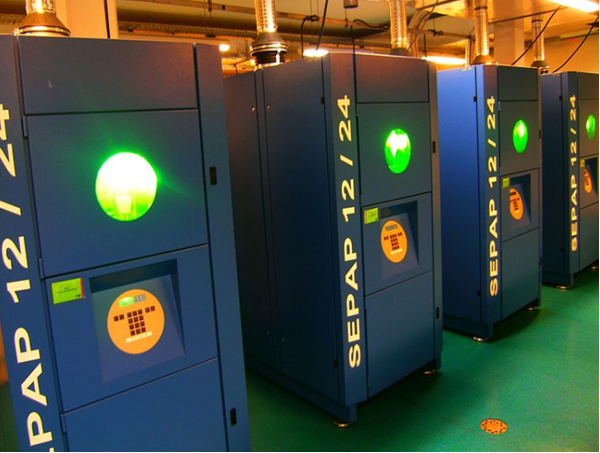
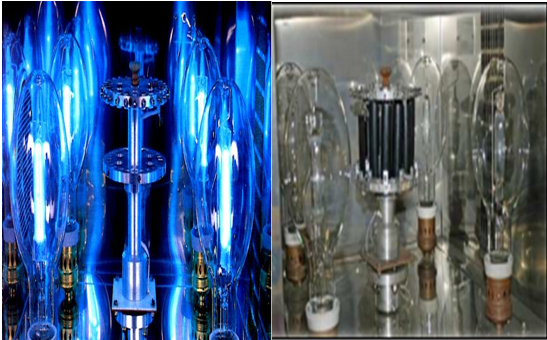
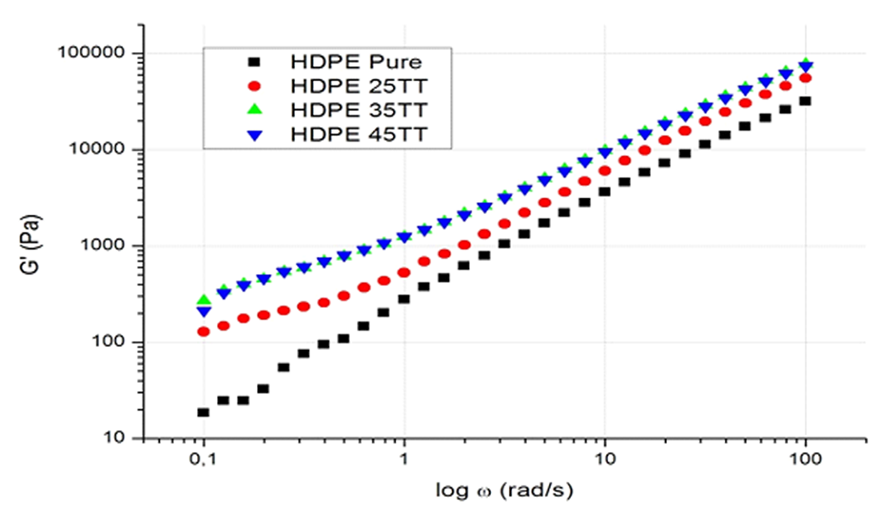



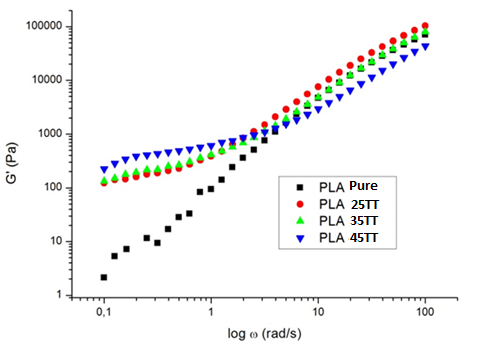
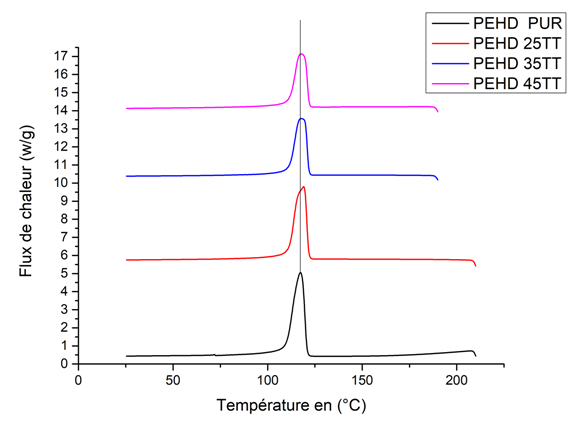

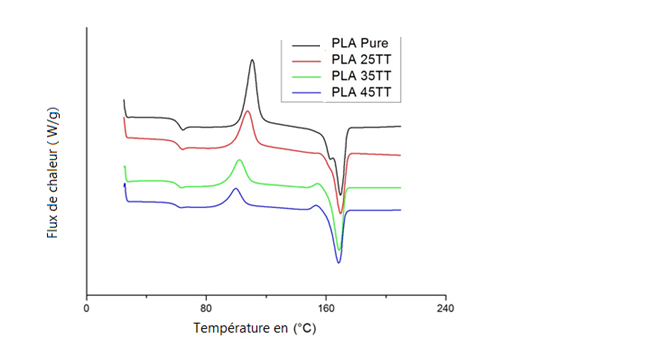
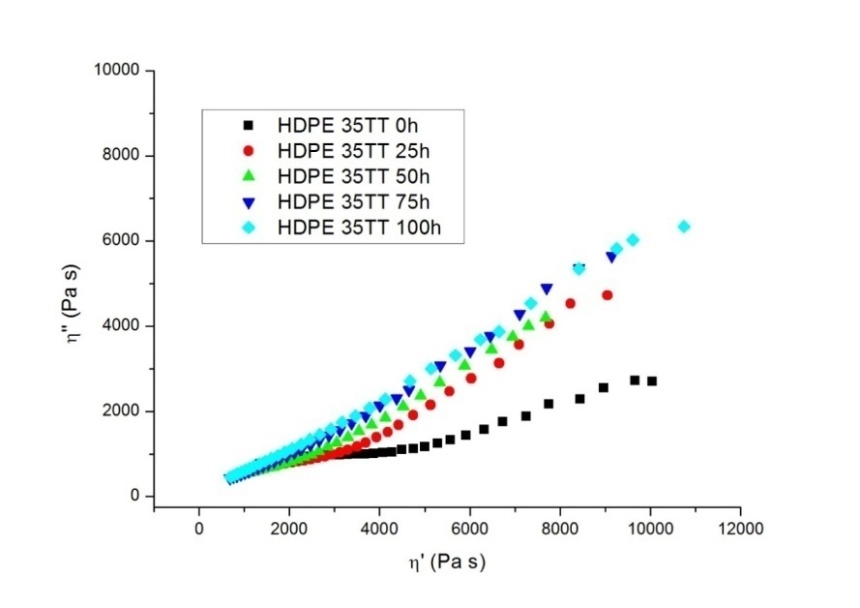
 Abstract
Abstract Reference
Reference Full-Text PDF
Full-Text PDF Full-text HTML
Full-text HTML


